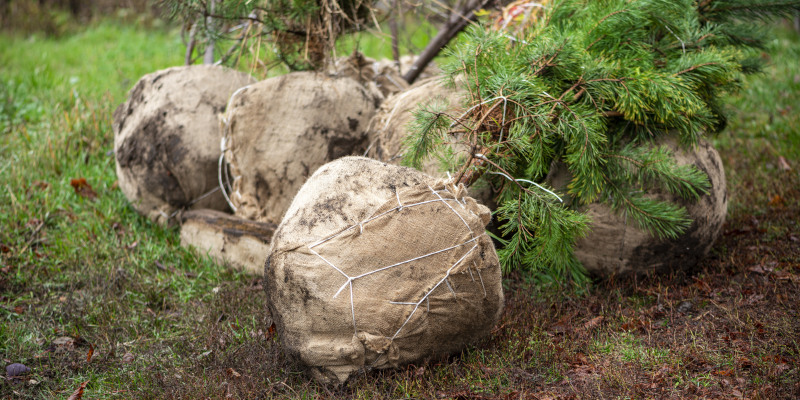Trees are a precious resource, and the larger they are, the longer they’ve taken to get to that size. You can always plant a new tree after cutting one down, but it will take years to achieve the same canopy of shade you’ve lost. So before you remove a healthy tree, first consider finding out if tree transplanting is right for you.

Why Transplant a Tree?
Transplanting does cause your tree stress, which can make it more difficult for the tree to maintain good health if it isn’t properly cared for. Avoiding stress for your precious plants is important, so when is tree transplanting really called for?
If you have a tree planted too close to other trees or your home, potentially stunting its growth and damaging your home with falling branches, or if you are planning construction in the area which could damage the tree’s root system, you should consider tree transplanting.
Size
The larger the tree, the greater the tree transplanting challenge. Don’t give up—impressively large and old trees can be transplanted, but you will need experienced arborists on hand to complete the transplanting process.
Timing
Tree transplanting should always be completed during the tree’s dormant season, usually in fall or winter. This will cause the tree to experience the least stress during moving.
Care
Before transplanting your tree, make sure it is in good health. Trees that are already diseased, infested with pests, or severely damaged are not good candidates for tree transplanting, as they are already under health-damaging stress and may not survive the move.
After the tree has been transplanted, talk to your arborist about a care plan. Trees will experience a transitional period sometimes as long as five years before fully settling into their new location. During that time, you will need to provide your tree with adequate support so it can continue to grow in good health.
